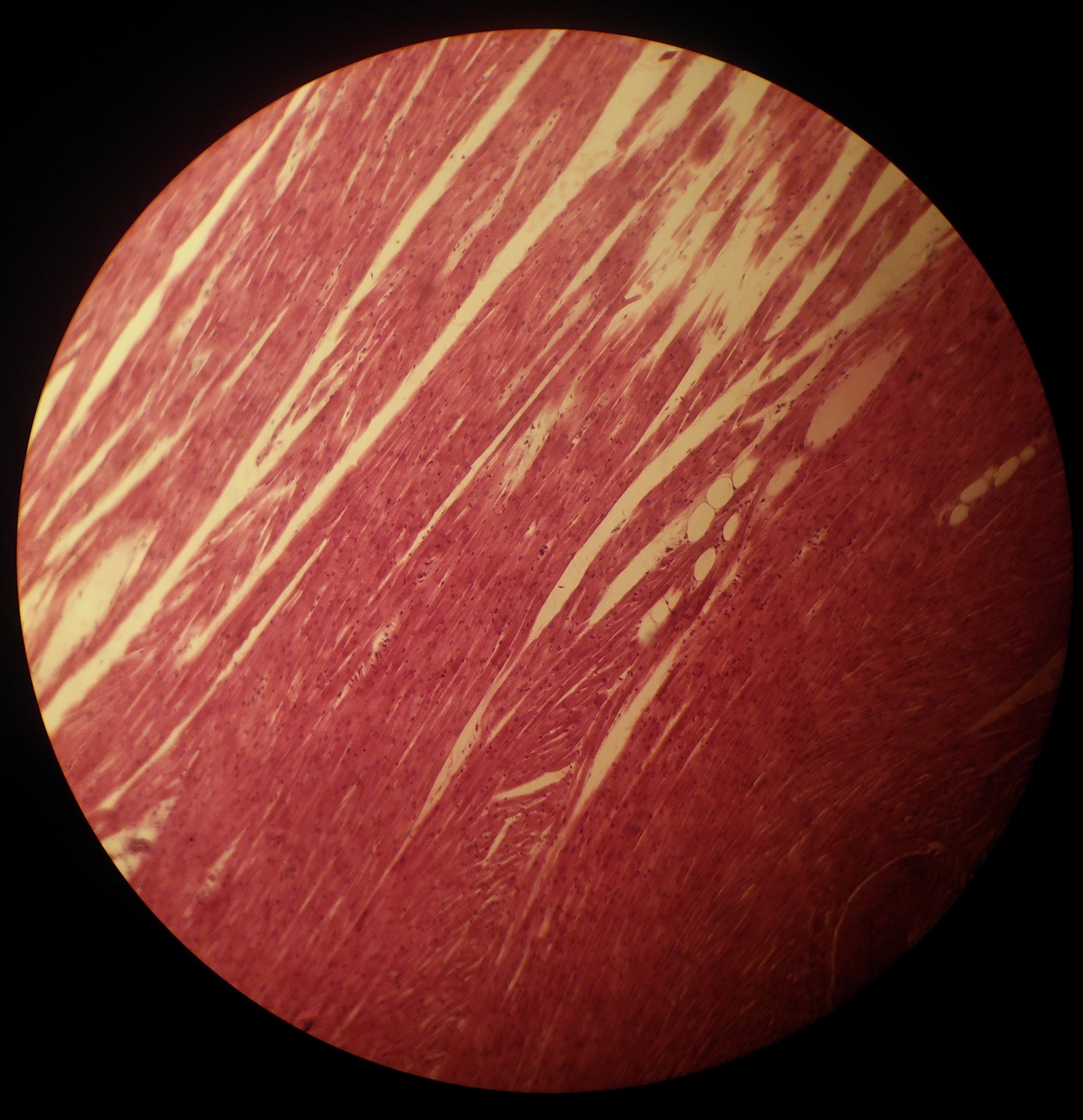Thinking back to January 2020, I recalled the whispers throughout the hospital of the first confirmed case of COVID-19 in the United States, mere minutes from my home institution.
As a resident in pediatrics, it was unclear at that time the extent to which my clinical responsibilities would transform. We were unaware of the entity now known as Multisystem Inflammatory Syndrome in Children, MIS-C, nor the consequences of acute COVID infection in children. But aside from my perspective as a pediatrician, I was also forced to confront my own anxieties regarding exposure to this virus as an adult living with repaired congenital heart disease.
Over the coming months, we came to learn that acute COVID-19 in children does not carry the morbidity and mortality of infection in adults, although our hospital quickly became inundated with cases of MIS-C. Learning to diagnose and manage these patients proved to be one of the most exciting elements of my training, pioneering treatment strategies for an entirely novel disease process. However, the escalating caseload and mortality of COVID-19 in adults cast a massive shadow over these moments. The burden of caring for patients affected by COVID-related illnesses, the separation from my loved ones, and the evolving struggle of life as a resident physician continued to present significant stress on a daily basis.
I recognize that I am not alone. All Americans have been affected by COVID-19. Those of us in health care have been working through unprecedented challenges facing a once-in-a-lifetime pandemic event. I am fortunate not to be limited by my congenital heart disease, but my identities as a patient and a physician are inseparable. The unique anxieties of caring for affected patients and families while balancing my own concerns about my health was like treading water in a bottomless sea of anxiety.
Though I am a younger, otherwise healthy individual, my thoughts frequently turned to my own cardiovascular health. How might COVID-19 affect my re-implanted coronary arteries? How may it affect my pulmonary pressures and my homograft? When COVID-19 cases began to decrease in New York, I was thankfully able to meet with my own cardiologist. Hearing that my exam and echocardiogram were reassuring eased my concerns about my own cardiovascular health.
As questions about the impact of COVID-19 remain unanswered, I continue to shoulder my responsibility to prevent infection by social distancing and enthusiastically wearing a mask. This has not been without its challenges. Only five years since my operation, I am now states away from my family, my staunch supporters during my recovery. It has now been more than a year since we have seen each other. FaceTime cannot replace a parent’s kind words or touch, and admittedly, this distance has been one of the most painful aspects of living in the time of COVID-19.
For this reason, the COVID-19 vaccination represented a rescue, a deus ex machina to ease the burden of disease but also my own anxieties, serving to soothe both my physician and patient identities. I jumped at the opportunity to be vaccinated as quickly as possible. After the first dose, I suffered no adverse consequences. This moment which I had waited for many months was a quick and simple inoculation, aside from the mandatory 15-minute observation period immediately afterwards. Two weeks later, the second dose came and went uneventfully.
Though I am now likely protected from COVID-19, I am still without the relief I so desperately desired, as my loved ones are without this privilege of vaccination. Questions still linger regarding my ability to transmit the virus, though I may never manifest symptoms. Beyond this, my cardiac health remains a concern, as more evidence characterizes post-COVID myocarditis, particularly in young people.
Despite this uncertainty, collectively, there is a light at the end of a year of darkness and strife, a beacon of hope after months of tumult and suffering. Though challenges remain that affect both identities, as a patient and physician, I finally feel a sense of relief in both worlds. Ultimately, this duality allows me to better understand my patients. Having experienced decades as a patient, I can relate to the challenges of access to care and lingering anxieties in disease recovery. As we grapple with our new normalcy and look towards a future free of COVID-19, I am glad to have trained during a time of logarithmic change, learning, caring, and above all, hope.
Image credit: Cardiac muscle by Navid Golpour licensed under CC BY 2.0.

